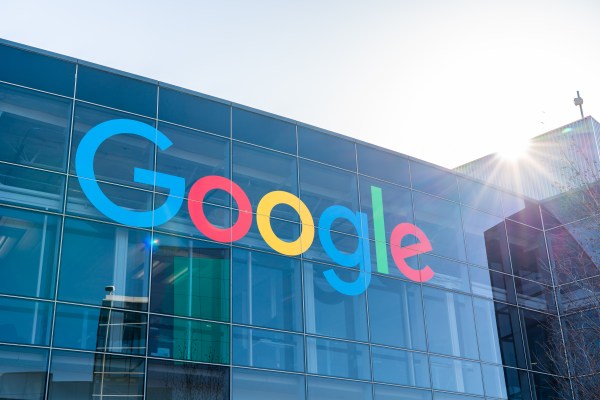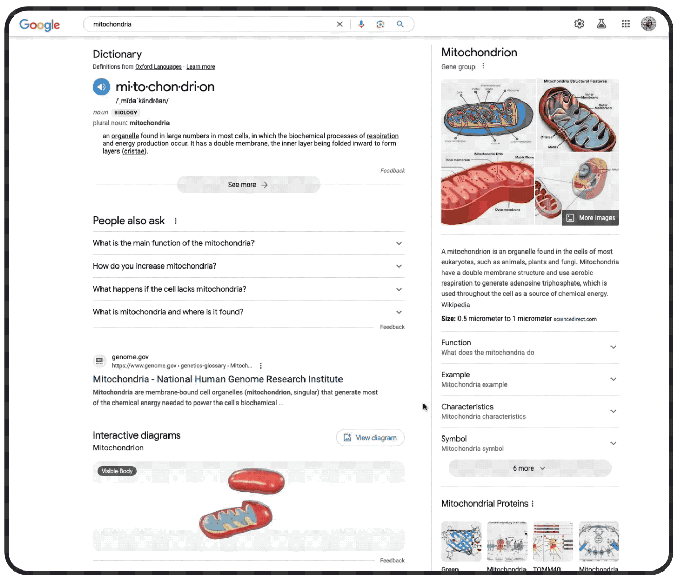Google updated its search engine and Lens tool with new features to help you visualize and solve problems in more difficult subjects like geometry, physics, trigonometry and calculus.
The update allows you to type an equation into the Search bar or take a photo with Lens to get the correct answer and a step-by-step explanation. The new feature also provides solutions to word problems. For instance, the solver can explain high school physics concepts like finding the average acceleration using the equation “vf= vi + at.”
You can also access the math solver feature by typing “[math solver]” directly into the search bar. However, this function is only available on desktop. It will launch on mobile by the end of the year, the company told TechCrunch.
Another useful new feature is the geometry solver. Since solving geometry problems requires a lot of visualization, Lens can now explain both the visual and the text components of the problem.
However, Lens can only interpret “certain triangle problems,” the company wrote in its blog post, attributed to Google product lead Robert Wong.
We reached out to Wong to clarify, who told us that the geometry solver can currently do the following:
- Find the area of a triangle using A = 1/2 x height x base or Heron’s formula.
- Find the perimeter of a triangle.
- Apply the “Isosceles Triangle Theorem” to determine an unknown side length or angle.
- Apply the “Pythagorean Theorem” to figure out the side lengths in right triangles.
“For our geometry experience, we wanted to focus on a subset of problems that could have a large impact before eventually expanding to cover a more diverse range of geometry problems,” Wong added.
For the physics and geometry solver, Google leveraged its Multitask Unified Model (MUM), which understands specific search queries across various formats, including text, images and videos.
“Language and query understanding are complex challenges that require sophisticated systems to ensure we’re producing the most helpful results — especially in cases where our systems are looking at information in multiple different formats,” Wong explained. “In this case, these features need to understand information across both text and images to correctly interpret a problem and provide accurate step-by-step responses that include both text and diagrams.”
When asked about the accuracy rate for the new experience, the company declined to share specific numbers.
“Our testing shows the accuracy rate is very high,” Wong said.
In addition to problem-solving, Google also launched new 3D models on Search, letting you examine interactive diagrams related to nearly 1,000 topics, such as biology, chemistry, physics, astronomy and more. Google introduced 3D models in 2021, rolling out diagrams for more than 200 chemistry, biology, physics and anatomy concepts.
Over the years, the tech giant has launched multiple features that help you learn, including its interactive feature, “practice problems,” that tests your knowledge of high school topics like math, chemistry and physics. Google Search recently rolled out an English tutoring tool that provides prompts and asks you to say the answers out loud using a provided vocabulary word.


